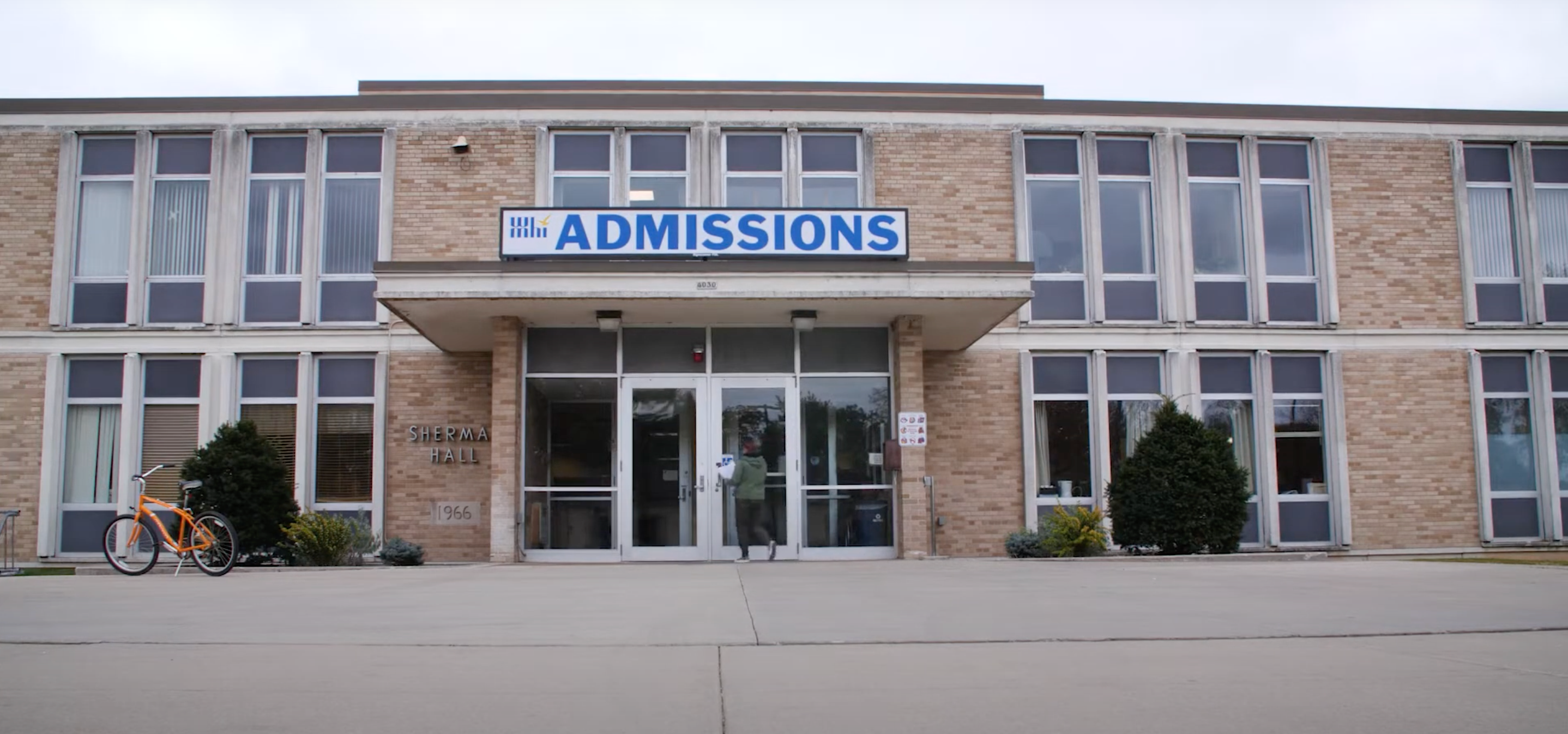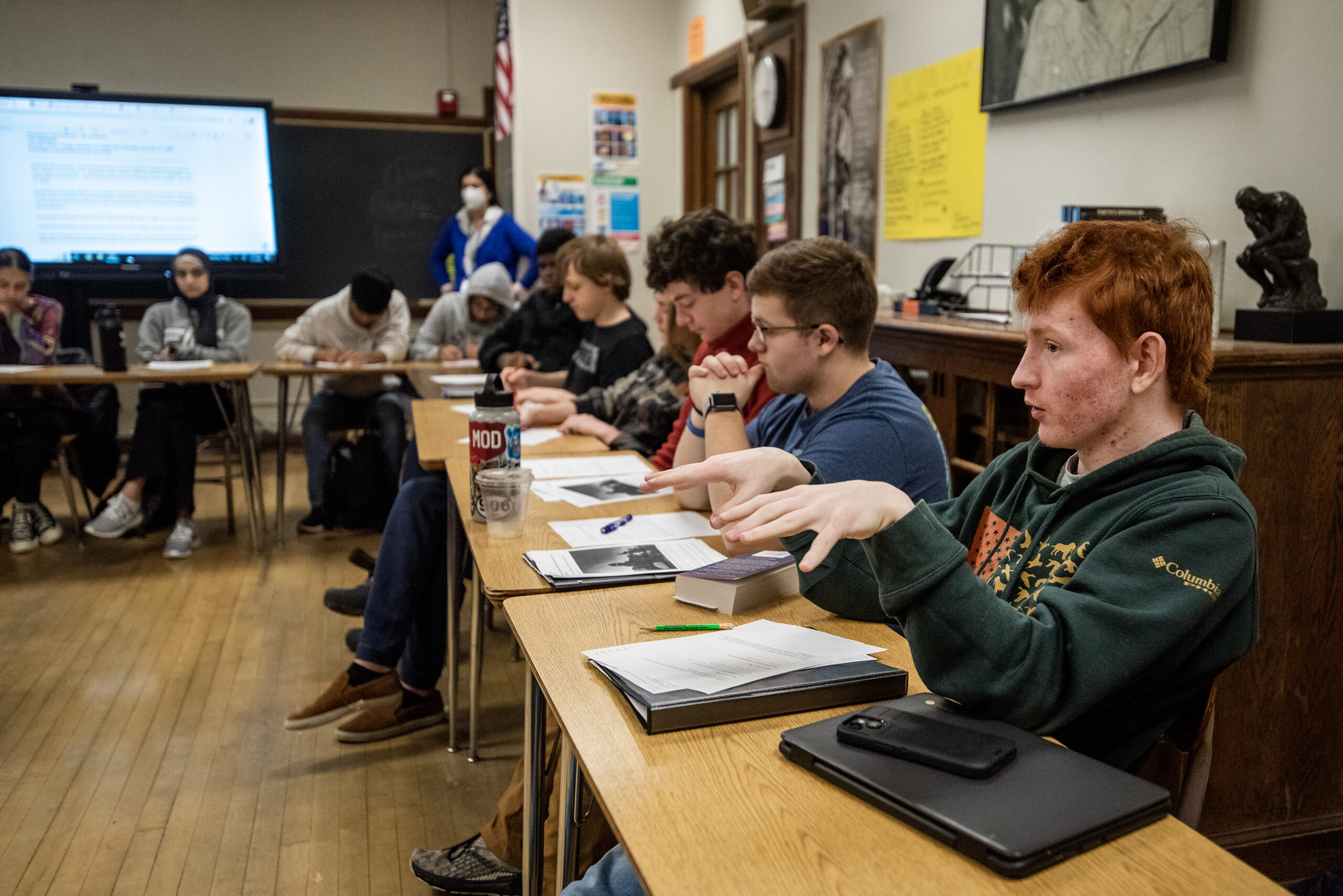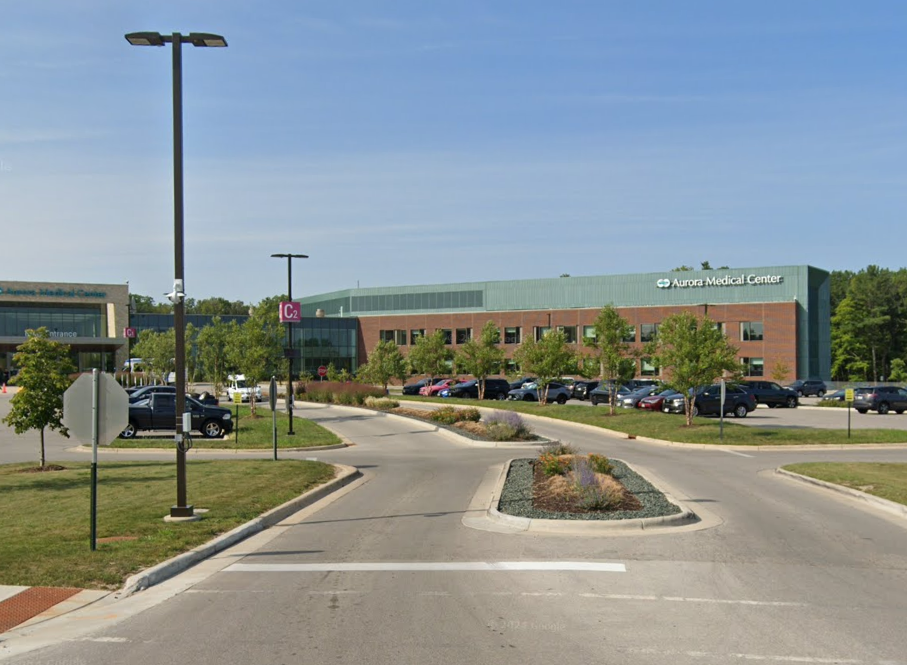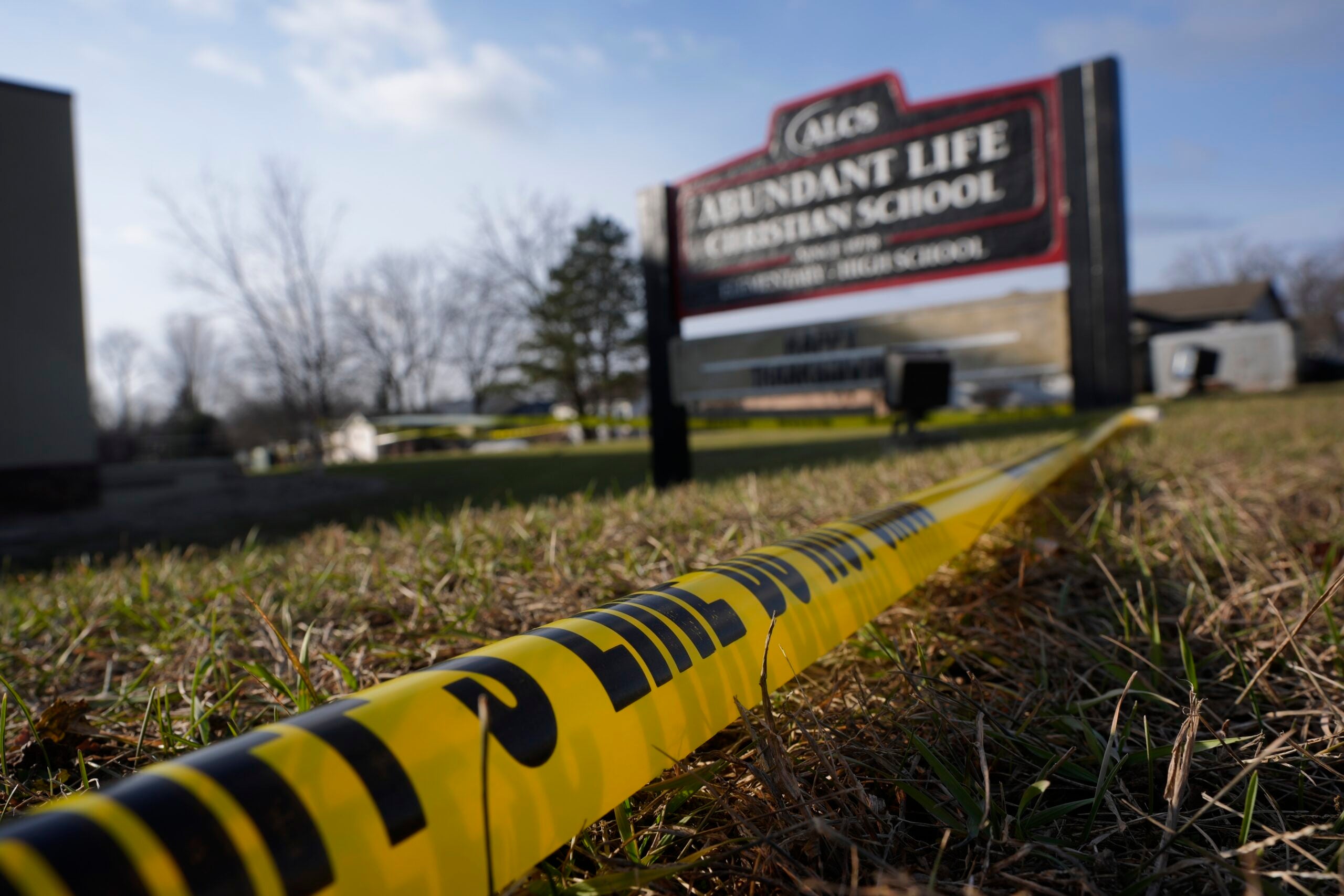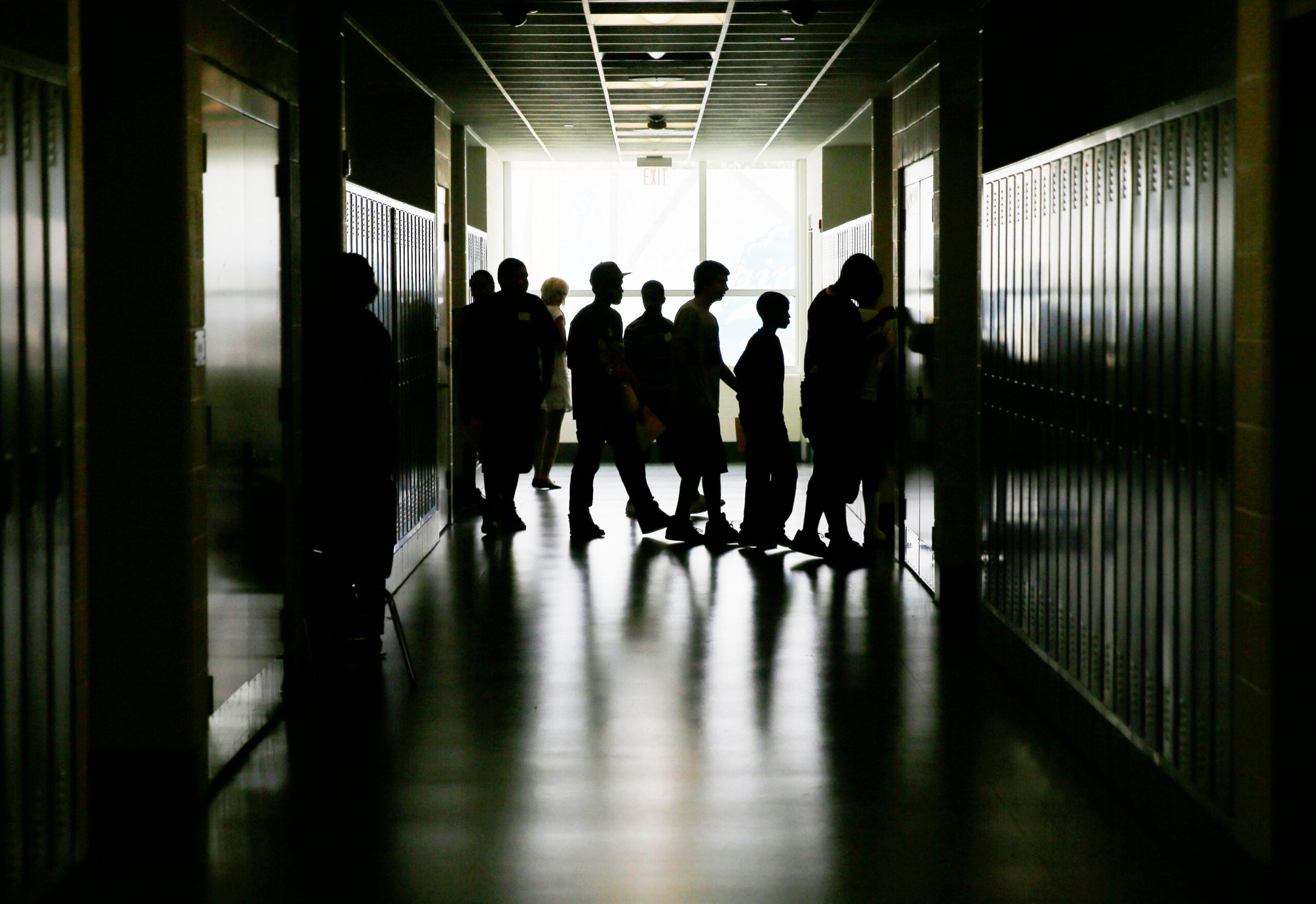Attendance was low in the early days of the Survivors of Suicide Loss Support Group in Fond du Lac a few years ago.
But Sue Mitchell Metz, the group’s founder who lost her son to suicide, said she almost always had at least one person show up.
“It took a little while to get people to participate,” she recently told WPR’s “Wisconsin Today.” “It was my thought that if I can help one person, I made a difference. And that’s OK.”
News with a little more humanity
WPR’s “Wisconsin Today” newsletter keeps you connected to the state you love without feeling overwhelmed. No paywall. No agenda. No corporate filter.
In 2017, Mitchell Metz faced an unexpected tragedy. Her son, Ryan, died by suicide. Since then, she has become a death, dying, grief and bereavement specialist in eastern Wisconsin.
“I went through training to become a facilitator for Survivors of Suicide Loss Support Group because we did not have one close to us,” she said.
Today, Mitchell Metz said more than a dozen people attend the meetings to share their stories and receive support from others who have been affected by suicide.
This year, she was hired as the executive coordinator of the National Alliance on Mental Health in Fond du Lac County, which offers online support groups and programming for the area.
On “Wisconsin Today,” Mitchell Metz offered suggestions for workplaces, schools and individual people to better help those who are struggling with their mental health.
The following interview has been edited for clarity and brevity
Kate Archer Kent: In your networking with other organizations, what could improve support when it comes to suicide?
SMM: I’ve been working with a couple organizations within my community that are trying to improve mental health for their staff. Some things they’re looking at is ensuring that they have an Employee Assistance Program in place. But it’s really educating the staff that it’s available to them free of charge for any needs, not just work related.
They also are developing programs that are more peer driven. Research has shown that peers are more likely to talk to each other than going to management. A lot of organizations that I work with are going to a peer-driven culture. They have people that you can go talk to, share what’s going on. The listeners are trained with what resources are available within the organization as well as within the community.
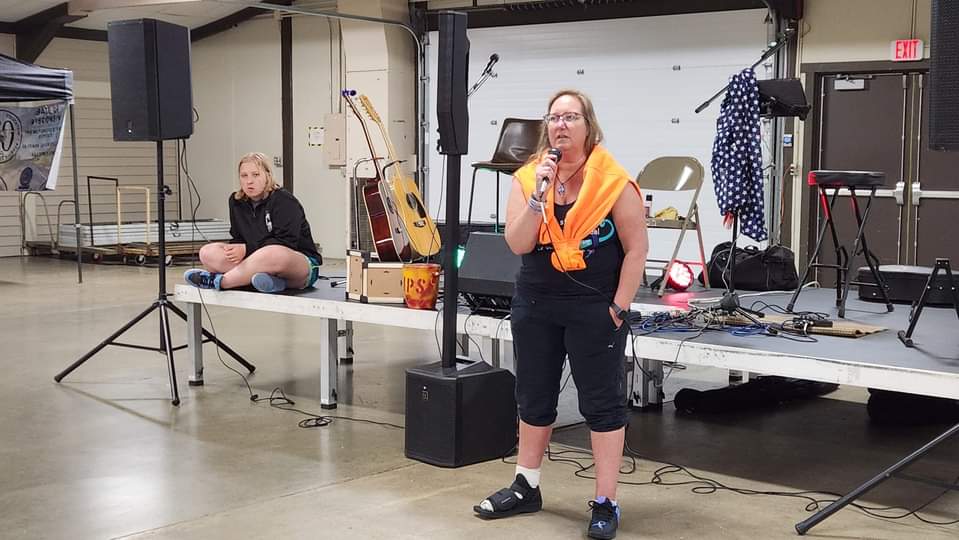
KAK: How important is it for schools to have a suicide prevention plan in place?
SMM: It’s very important to reach students at a young age and normalize talking about mental health. Suicide rates are going up for children. In fact, between the ages 10-24, suicide is the second leading cause of death.
With elementary schools, I offer presentations for third through ninth grade students. We’re teaching kindergartners already about the Jump Rope for Heart. They’re starting to get that concept of what organs are within the body. We’re trying to normalize that the brain is an organ and can get sick like any other organ within the body, how that can lead to mental illness, what mental illness is and how it can be treated.
Research shows that up to 135 people are affected by one single suicide. It’s all the classmates. It’s the bus driver. It’s the people they go to church with. Its co-workers.
KAK: How do you take care of yourself?
SMM: I worked with a therapist for a long time. During therapy, I learned many different self-care exercises. A lot of it for me is being out in nature. I learned I love the sun. I love nature. I love to hear the wind blow through trees. I also learned that I need time just to be quiet and be able to sit with my feelings.
I try not to focus, per se, on the death of my son. That was one moment in his entire life. We celebrate his birthday usually by going to a restaurant of his daughter’s choice and bringing a picture with them and sitting around the table.
As far as the day of his death, I try to prepare myself to have a plan and a backup plan. Maybe it’s doing his favorite activity or going to his favorite restaurant. But if I can’t do it that day, that’s OK.
KAK: Some people speak openly about battling depression or other mental health issues. But some people might refuse support. How might you guide them?
SMM: I think just talking to the individual, sharing with them that you know it really is OK not to be OK. Sometimes just sharing what you are going through or have gone through and what worked for you, especially if you have seen a therapist.
Otherwise, sometimes it’s just being persistent and keeping at it and just checking in on them, like, “How are you doing? Do you think you need further support? What can I do to help you?”
KAK: What are some things that people can do today to bring awareness to suicide?
SMM: I think talking about it, being open about it. Just being a walking billboard, sharing whenever you can. In the past I had finger nails done that had suicide colors. It starts conversations like, “Oh, does that represent anything? What’s it mean?” Then, you can tell your story. Let them know that mental health is important, and suicide awareness and prevention are too. Talking about it is important.
If you or someone you know is considering suicide, call or text the three-digit suicide and crisis lifeline at 988. Resources are available online here.



